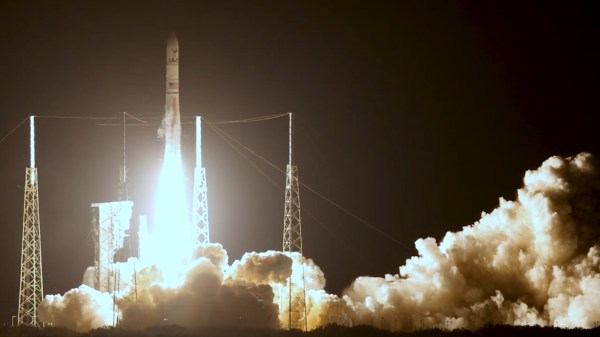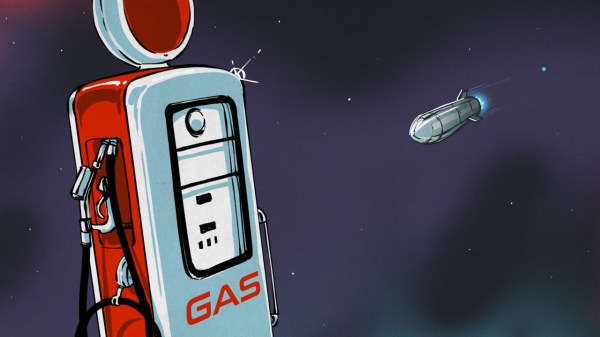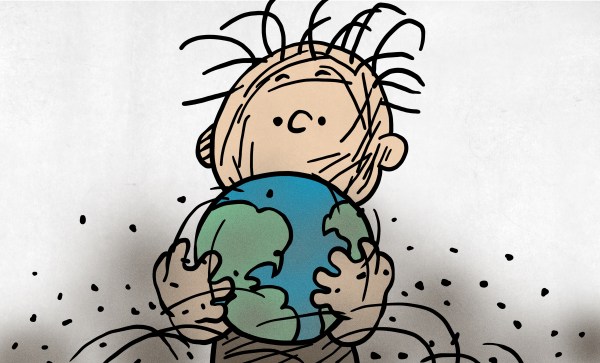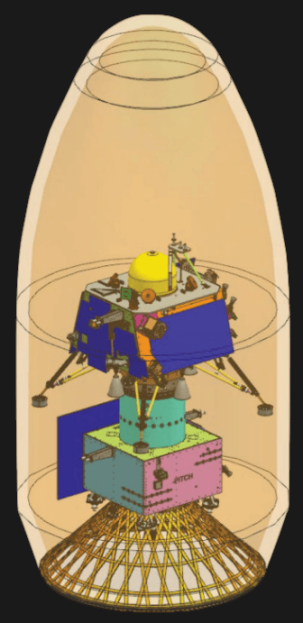It’s already been more than fifty years since a human last stepped foot on another celestial body, and now that NASA has officially pushed back key elements of their Artemis program, we’re going to be waiting a bit longer before it happens again. What’s a few years compared to half a century?
 The January 9th press conference was billed as a way for NASA Administrator Bill Nelson and other high-ranking officials within the space agency to give the public an update on Artemis. But those who’ve been following the program had already guessed it would end up being the official concession that NASA simply wasn’t ready to send astronauts out for a lunar flyby this year as initially planned. Pushing back this second phase of the Artemis program naturally means delaying the subsequent missions as well, though during the conference it was noted that the Artemis III mission was already dealing with its own technical challenges.
The January 9th press conference was billed as a way for NASA Administrator Bill Nelson and other high-ranking officials within the space agency to give the public an update on Artemis. But those who’ve been following the program had already guessed it would end up being the official concession that NASA simply wasn’t ready to send astronauts out for a lunar flyby this year as initially planned. Pushing back this second phase of the Artemis program naturally means delaying the subsequent missions as well, though during the conference it was noted that the Artemis III mission was already dealing with its own technical challenges.
More than just an acknowledgement of the Artemis delays, the press conference did include details on the specific issues that were holding up the program. In addition several team members were able to share information about the systems and components they’re responsible for, including insight into the hardware that’s already complete and what still needs more development time. Finally, the public was given an update on what NASA’s plans look like after landing on the Moon during the Artemis III mission, including their plans for constructing and utilizing the Lunar Gateway station.
With the understanding that even these latest plans are subject to potential changes or delays over the coming years, let’s take a look at the revised Artemis timeline.
Continue reading “NASA Adjusts Course On Journey To The Moon”




















